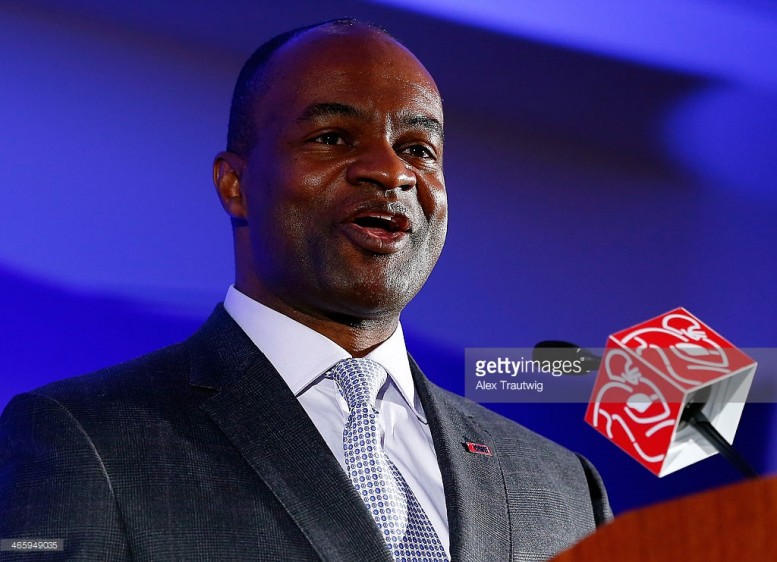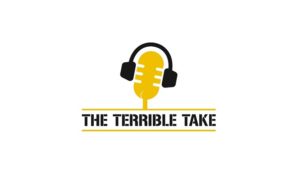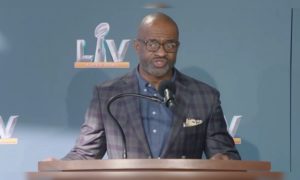The Pittsburgh Steelers were the only team who did not sign off on the 2011 Collective Bargaining Agreement, an arrangement on the relationship between the NFL and NFLPA that was agreed upon to last for a 10-year period, which was berthed through strife, including a lockout through the summer of that season.
That experience is still fresh on the mind of many as we hasten toward 2021, when the current CBA is set to expire, and the tensions between the two sides have already been surfacing for a while now, with both parties taking outward measures that have been seen as signs that there is belief another work stoppage is very much a possibility.
“I think every player will believe us when we tell them they’re going to be locked out”, NFLPA president and former Cincinnati Bengals offensive lineman Eric Winston said. He stressed the importance to players of having financial literacy in the coming years as they prepare for a potential lockout.
Among the things that the NFLPA is working toward is providing a deferment of royalty payments to players for things like likeness rights for video games, which would give players a source of revenue during a lockout.
NFLPA executive director DeMaurice Smith said at the association’s annual press conference earlier this week that the union’s job is to prepare themselves and their constituents for “wars we hope we don’t have to fight”. Of course a fight is inevitable as the next CBA looms, but it doesn’t have to get to the point that it did last times.
Former Steelers owner Dan Rooney has frequently played an important role for both sides of this discussion in past negotiations, often serving as a voice of reason, an advisor, and a mediator. This will be the first CBA negotiation in a long time for which he is unable to be a part, and I can’t help but wonder what kind of negative impact that will have as somebody who was respected by both sides.
There are going to be a number of issues outside of revenue shares that will have to be discussed this time around, including the league’s drug policies and suspension powers, as well as regulations on practice restrictions, as well as a number of currently unseen topics that will be brought up or brought to light over the course of the next two years.
The fight might technically still be two years off, but the battlefield has been in the process of being set for a while now. Even the contracts that current coaches are signing this offseason are believed to reflect the realities of a potential work stoppage, and player contracts likely will as well. The same thing happened ahead of the last round of negotiations as well.






